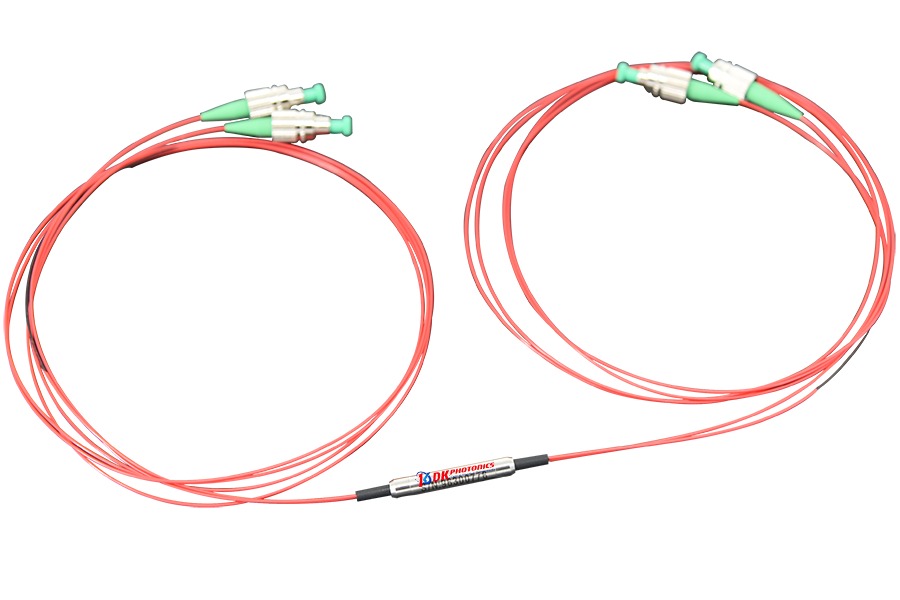In the realm of optical networking, Wavelength Division Multiplexing (WDM) stands tall as a pivotal technology, enabling the transmission of vast amounts of data over optical fibers. This technology has revolutionized the way data is transferred, allowing multiple wavelengths of light to travel simultaneously through a single optical fiber. Amidst the various components that make WDM systems efficient, PM filters play a crucial role in ensuring signal integrity and optimal performance.
What is WDM?
Before delving into PM filters, it’s essential to grasp the fundamentals of WDM. At its core, WDM works by multiplexing multiple optical carrier signals onto a single optical fiber by using different wavelengths or colors of light. This allows for increased data transmission capacity and efficiency, significantly enhancing the bandwidth of existing fiber optic networks.
The Significance of PM Filters
PM filters, short for Polarization-Maintaining filters, are instrumental in maintaining the polarization state of optical signals within WDM systems. Polarization refers to the orientation of the electric field within an optical signal concerning the direction of propagation. In high-speed optical systems, maintaining this polarization state is critical for signal fidelity and integrity.
Functions of PM Filters:
- Polarization Management: PM filters aid in controlling and managing the polarization states of light signals, ensuring consistent and aligned polarizations throughout the transmission process.
- Minimizing Signal Degradation: By preserving the desired polarization, PM filters help minimize signal degradation caused by polarization mode dispersion (PMD), a phenomenon where different polarizations of light travel at different speeds within an optical medium, leading to signal distortion.
- Enhanced Signal Quality: PM filters contribute to improving signal quality by reducing signal impairments and enhancing the overall performance of WDM systems, resulting in increased reliability and data transmission efficiency.
Implementation in WDM Systems:
PM filters are strategically integrated into WDM systems at critical junctures where polarization maintenance is essential. These filters are meticulously designed to align with the specific wavelengths of light used in the system, ensuring precise polarization management without compromising signal quality.
Advancements and Future Prospects
As technology continues to evolve, advancements in PM filter design and implementation are on the horizon. Researchers and engineers are exploring novel materials and techniques to further enhance the efficiency and capabilities of PM filters, aiming to support ever-increasing data demands in modern optical networks.
Conclusion
PM filters stand as indispensable components within WDM systems, playing a pivotal role in maintaining signal quality and reliability by managing the polarization of optical signals. As the demand for high-speed, high-capacity data transmission grows, the evolution of PM filters will remain instrumental in meeting these demands, ensuring seamless and efficient communication through Wavelength Division Multiplexing technology.


Leave A Comment